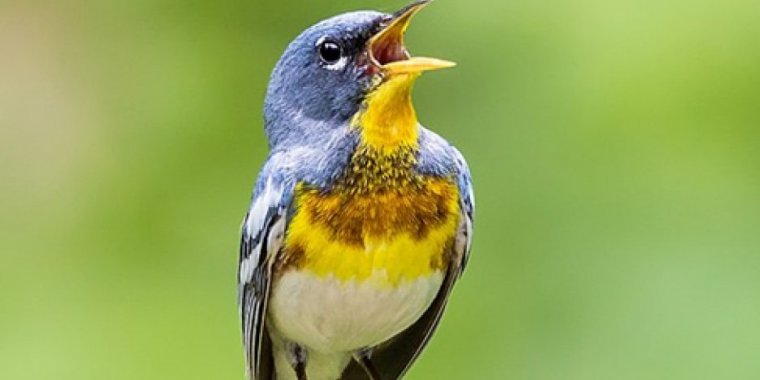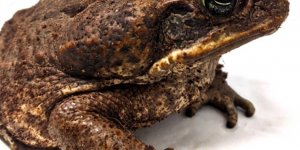| News / Science News |
What shapes the composition of microbes in a warbler's gut?
Differences in bacteria and other microorganisms that live in birds' digestive tracts — their gut microbiomes — are not primarily driven by diet diversity, contrary to a recently proposed hypothesis. Instead, biologists at Penn State found that evolution may play a larger role in explaining these differences, which could have implications for how these species adapt to new habitats.

The gut microbiomes of warblers like the northern parula are influenced more by evolution than diet. Photo: NPS
An animal's microbiome can impact its host's digestion, immune function and response to disease, development, metabolism and behavior.
In land mammals, evolutionary history plays an important role in determining their microbiomes, with species that are most related to each other tending to have the most similar microbiomes and those that are more distantly related tending to have more different microbiomes.
Birds and bats have shorter and more simplified digestive systems compared to land mammals, meaning food passes through more quickly, which ultimately reduces weight when flying.
In the current study, the research team collected fecal samples from more than 400 birds from 15 species of wood warblers in central Pennsylvania and the Adirondack region of New York.
The researchers sequenced DNA from the samples to identify the species of bacteria present in a bird's gut as well as the species of insects each bird had eaten. The most common species of bacteria are also present in other types of birds.
When the scientists examined the diversity of bacteria in the birds' microbiomes, the bird species' identity was the biggest factor. The diversity of insects in their diet was not strongly related to the diversity of bacteria in their gut.
When the researchers grouped warblers by their gut microbiome similarity, these relationships were a closer match to the warbler tree of life — a tree grouping warblers by evolutionary relatedness among species — than to a tree that grouped the warblers by their diet similarity. (U.S. National Science Foundation)
YOU MAY ALSO LIKE





